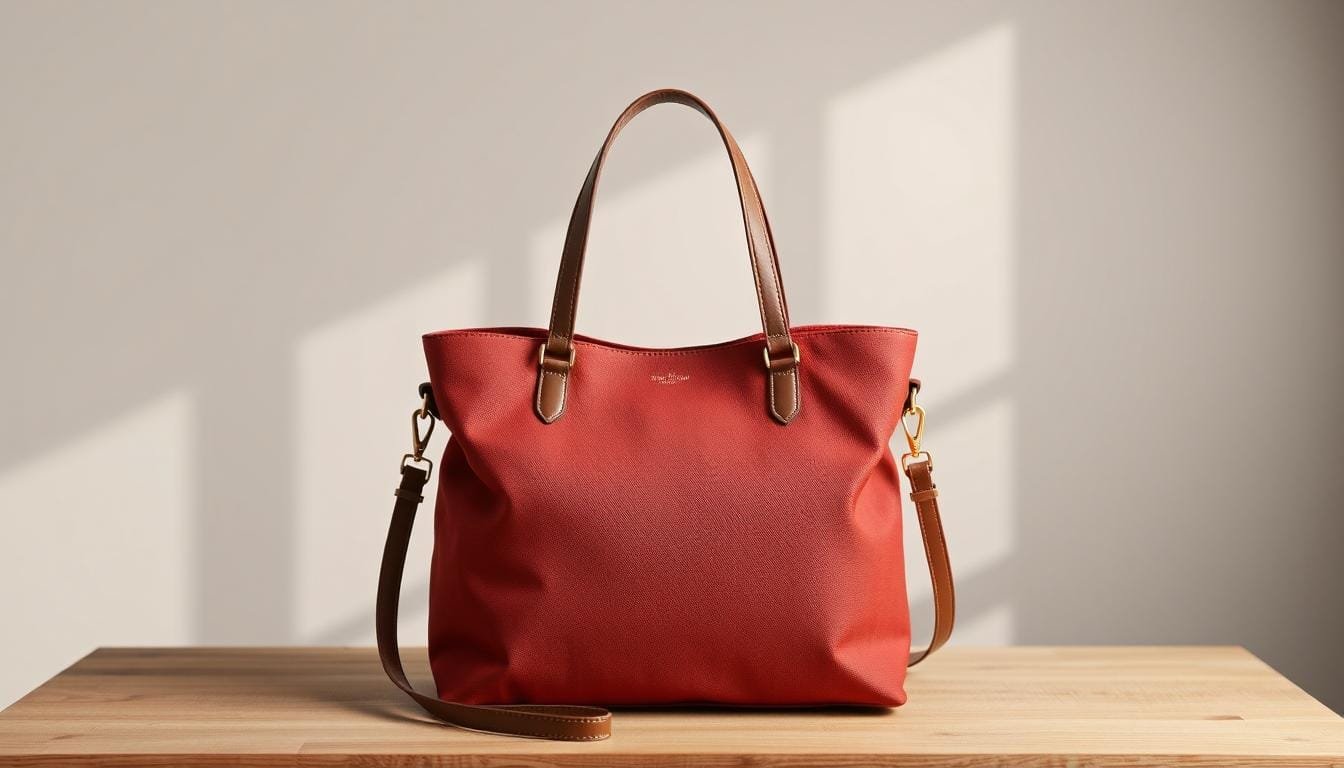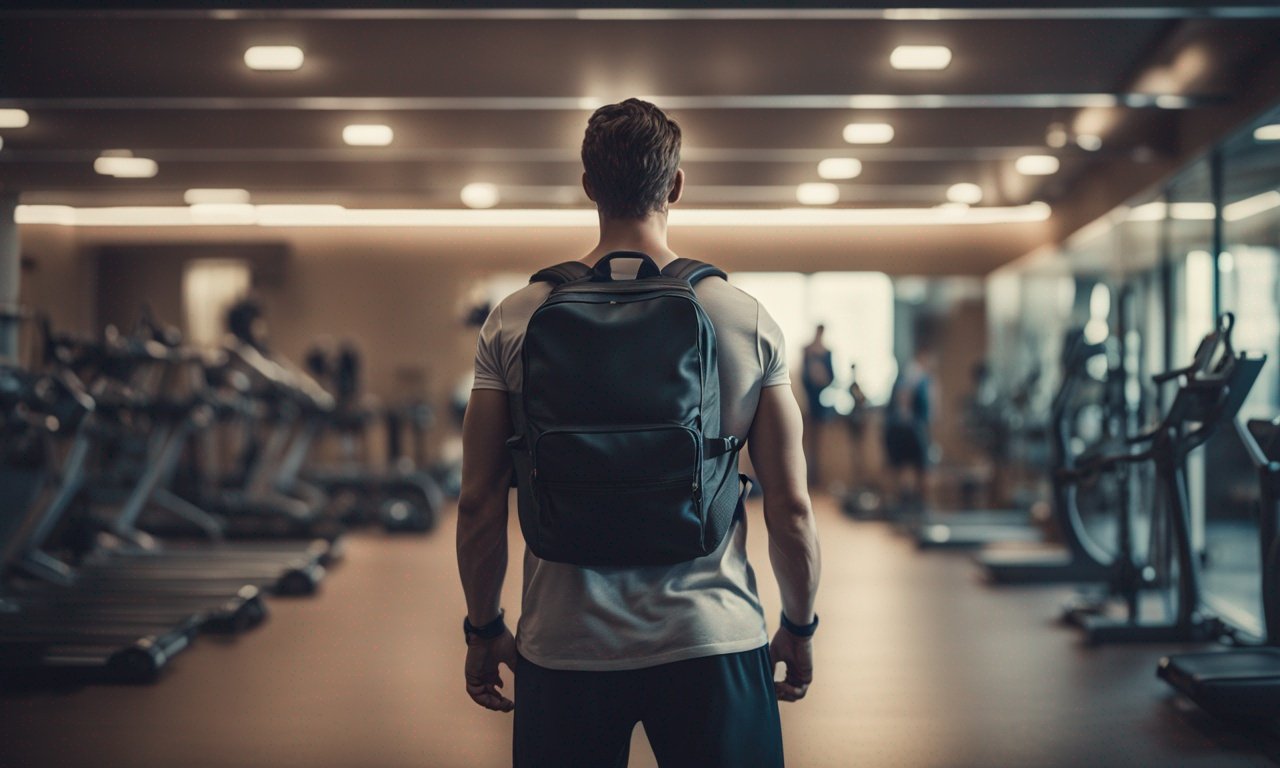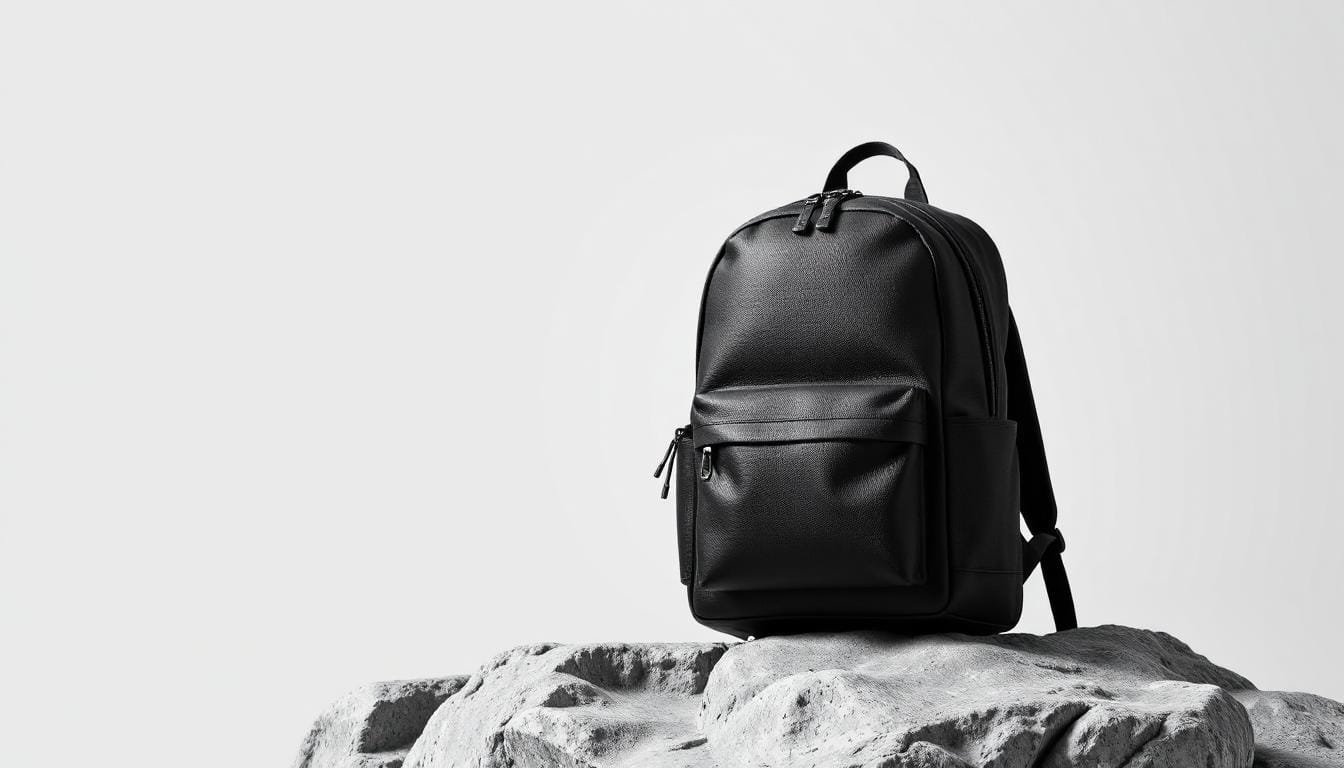You know that moment when you’re geared up for an adventure—hiking a trail or just navigating city streets—and suddenly the sky opens up? Yep, been there. My “water-resistant” backpack turned into a sponge, and my gear got soaked. My laptop didn’t appreciate the unexpected bath. Not exactly a highlight. But hey, I learned from that soggy mess so you don’t have to. Let’s chat about how to choose a waterproof backpack that’ll keep your stuff dry, no matter what.
So, how do I choose a waterproof backpack? It’s easier than you’d think. Focus on materials like PVC or TPU—they’re super durable and waterproof. Look for welded seams instead of stitched ones to prevent leaks. Opt for solid closure systems like roll-tops or waterproof zippers. Don’t skimp on comfort features like padded straps and breathable back panels. And if you’re serious about waterproofing, check for those IP ratings to make sure it’s up to the task.
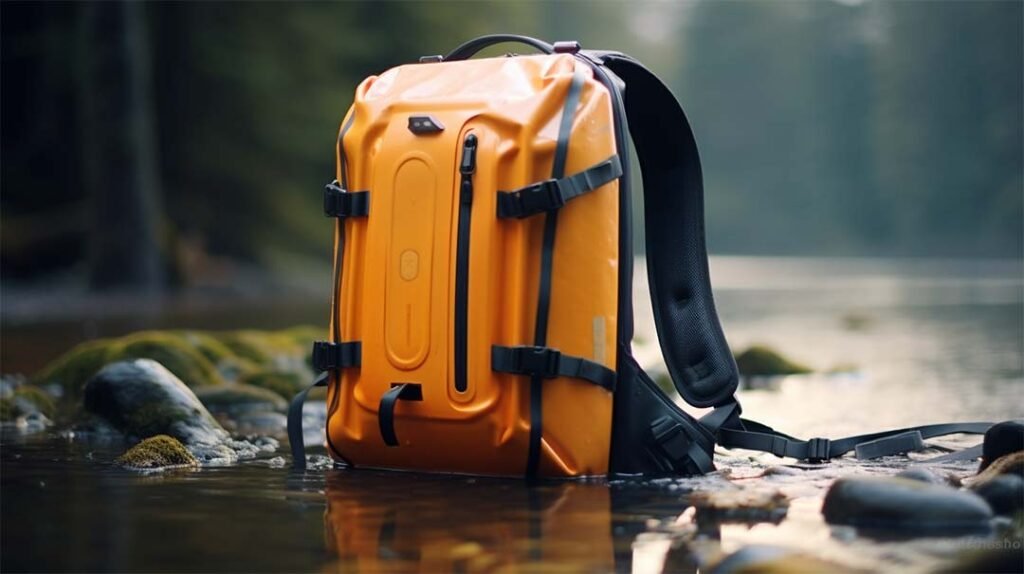
What’s the Deal with Backpack Materials?
First things first: the material is your backpack’s main defense against water. Think of it as the shield protecting your gear from rain, splashes, or even accidental drops in water. Materials like PVC (Polyvinyl Chloride) and TPU (Thermoplastic Polyurethane) are top-tier choices for waterproofing. They’re rugged, durable, and keep the wet stuff out.
You might be thinking about nylon or polyester. When coated with silicone or PU (Polyurethane), they become water-resistant. But the quality and thickness of the coating matter a lot. Always check the specs and, if possible, reviews from people who’ve tested the backpack in real-world conditions.
Are Seams and Zippers That Important?
Absolutely! Even the best waterproof material won’t help if water seeps in through the seams or zippers. Go for backpacks with welded seams, where the fabric is fused together using heat. This method creates a watertight seal that’s far superior to traditional stitching.
Regular zippers can be a weak point. Look for waterproof zippers that have protective flaps or seals. Even better, consider a roll-top closure. Roll-tops are excellent for keeping water out and are adjustable based on how much gear you’re carrying.
Does Size Matter?
Definitely. Choosing the right size ensures you have enough space without carrying unnecessary bulk. For multi-day hikes or trips, a 40 to 50-liter pack is ideal. For daily commutes or short trips, a 20 to 30-liter backpack should suffice. I’ve tried squeezing too much into a small bag—it doesn’t end well.
Also, think about internal compartments. Specialized pockets for your laptop, tablet, or camera gear can make organizing easier and protect your valuables.
What’s Up with Waterproof Certifications?
Good question! IP ratings (Ingress Protection ratings) tell you how well a product resists water and dust. For example, an IPX7 rating means the backpack can be submerged in up to one meter of water for 30 minutes without leaking.
Not all backpacks have IP ratings, but if they do, it’s a good indicator of their waterproof capabilities. If you’re planning activities where your bag might get seriously wet, an IP-rated backpack is a smart choice.

Extra Features to Consider
Comfort is Key
Don’t overlook comfort. A backpack might be waterproof, but if it’s uncomfortable, you’ll dread wearing it. Look for padded shoulder straps, adjustable sternum straps, and a ventilated back panel to reduce sweating.
Easy Access
Ever needed something quickly but couldn’t find it in your bag? Features like side access zippers or front-loading compartments make it easier to grab what you need without unpacking everything.
External Attachments
If you carry extra gear like trekking poles, water bottles, or a helmet, MOLLE webbing or daisy chains allow you to attach items externally. This keeps them accessible and saves space inside your bag.
Safety Features
For those who travel at night or in low-light conditions, reflective strips or built-in LED lights can enhance your visibility to others, keeping you safer.
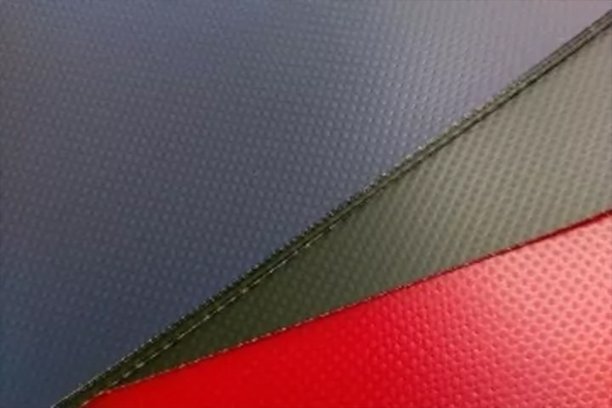
Does Brand Reputation Matter?
Yes, it does. Brands that specialize in outdoor and waterproof gear have experience and usually produce reliable products. However, don’t just rely on the brand name. Read customer reviews, watch video reviews, and perhaps ask for recommendations from friends or online communities.
How Much Should I Spend?
Waterproof backpacks can range widely in price—from $50 to over $300. While it’s tempting to opt for a cheaper model, investing in a quality backpack can save you money in the long run. Consider it insurance for your gear. Balance your budget with the features and durability you need.
What About Warranty and Customer Service?
A solid warranty is a sign that a company stands behind its products. Look for warranties that cover defects in materials and workmanship. Good customer service can make a big difference if you have issues or questions down the line.
Can I Customize My Backpack?
Some companies offer customization options. You can choose different colors, add extra pockets, or even have your name or logo embroidered. This is great if you want something unique or need backpacks for a team or event.
Try Before You Buy
If you can, visit a store and try on the backpack with some weight inside. Check how it feels on your shoulders and back. If buying online, read return policies carefully to ensure you can return or exchange the backpack if it doesn’t meet your expectations.
Conclusion
So there you have it—a comprehensive guide to choosing a waterproof backpack that fits your needs. Focus on materials, construction quality, comfort, and the features that matter most to you. With the right backpack, you can venture out confidently, knowing your gear is protected, rain or shine.


